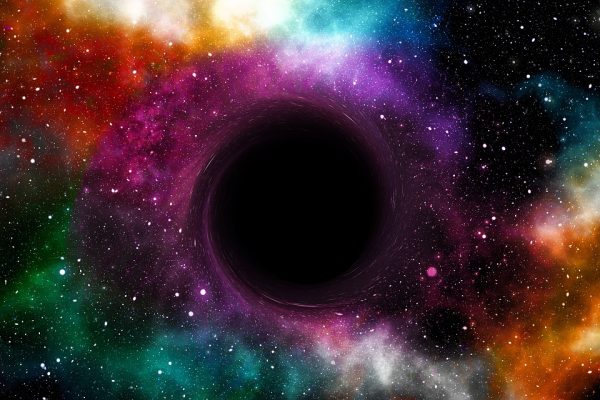Supermassive black holes at the hearts of galaxies may be blasting hot, turbulent waves of gas through the cosmos, keeping galaxy clusters alive with their heat.
And for the first time, astrophysicists believe they’ve seen that turbulence in action.
Peer into a massive galaxy cluster and you’ll see hot gas swirling at its core, filling the space between stars and galaxies. But there’s a mystery about this gas. How does it stay so hot? Simple models suggest it should lose energy much faster than it does, and that gravity should start bind the whole cloud together into stars within about a billion years of it forming. Those stars would, in turn, burn out, and the galaxy would die with them. Astrophysicists call this process “catastrophic cooling.” But this doesn’t happen.
It turns out, back in 2005, researchers found a partial explanation for why not. They found bubbles forming within those dense gas clouds, giant cavities in space — some as large as the Milky Way. These giant bubbles were moving away from the supermassive black holes at the galactic centers, and in turn, researchers wrote, seemed to prevent catastrophic cooling.



